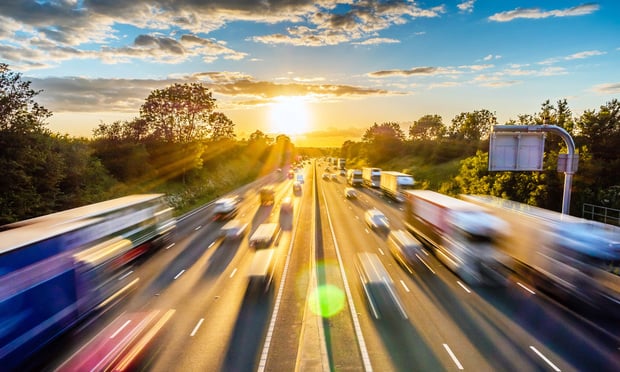 According to CCC's report, traffic is now building later in the day than it did in the past, and is rebounding faster during non-peak hours. (Credit: Jevanto Productions – stock.adobe.com)
According to CCC's report, traffic is now building later in the day than it did in the past, and is rebounding faster during non-peak hours. (Credit: Jevanto Productions – stock.adobe.com)
Traffic congestion is bouncing back from COVID lockdowns, but it looks a lot different than it did pre-pandemic, says the recently released CCC 2023 Crash Course report. Vehicle miles traveled metro-wide across the 10 most populated cities in the U.S. are 4% above pre-pandemic levels, but the time of day in which traffic congestion and crashes are occurring has changed — and so have auto claims.
Recommended For You
Want to continue reading?
Become a Free PropertyCasualty360 Digital Reader
Your access to unlimited PropertyCasualty360 content isn’t changing.
Once you are an ALM digital member, you’ll receive:
- Breaking insurance news and analysis, on-site and via our newsletters and custom alerts
- Weekly Insurance Speak podcast featuring exclusive interviews with industry leaders
- Educational webcasts, white papers, and ebooks from industry thought leaders
- Critical converage of the employee benefits and financial advisory markets on our other ALM sites, BenefitsPRO and ThinkAdvisor
Already have an account? Sign In Now
© Touchpoint Markets, All Rights Reserved. Request academic re-use from www.copyright.com. All other uses, submit a request to [email protected]. For more inforrmation visit Asset & Logo Licensing.








